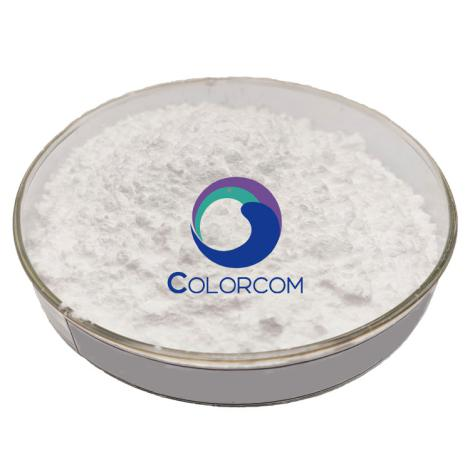Your Location:Home > Products > Food Additives > Sodium Carboxymethyl Cellulose


CasNo: 9000-11-7
MF: C6H7O2(OH)2CH2COONa
Appearance: white to yellowish powder
Delivery Time: one week
Throughput: 1|Metric Ton|Year
Purity: 95%
UsesCMC is used in food science as a viscosity modifier or thickener, and to stabilize emulsions in various products including ice cream. As a food additive, it has E number E466. It is also a constituent of many non-food products, such as K-Y Jelly, toothpaste, laxatives, diet pills, water-based paints, detergents, textile sizing and various paper products. It is used primarily because it has high viscosity, is non-toxic, and is hypoallergenic. In laundry detergents it is used as a soil suspension polymer designed to deposit onto cotton and other cellulosic fabrics creating a negatively charged barrier to soils in the wash solution. CMC is used as a lubricant in non-volatile eye drops (artificial tears). Sometimes it is methyl cellulose (MC) which is used, but its non-polar methyl groups (-CH3) do not add any solubility or chemical reactivity to the base cellulose.
Following the initial reaction the resultant mixture produces approximately 60% CMC plus 40% salts (sodium chloride and sodium glycolate). This product is the so-called Technical CMC which is used in detergents. A further purification process is used to remove these salts to produce pure CMC which is used for food, pharmaceutical and dentifrice (toothpaste) applications. An intermediate "semi-purified" grade is also produced, typically used in paper applications.
CMC is also used in pharmaceuticals as a thickening agent. CMC is also used in the oil drilling industry as an ingredient of drilling mud, where it acts as a viscosity modifier and water retention agent. Poly-anionic cellulose or PAC is derived from cellulose and is also used in oilfield practice. CMC is definitely a Carboxylic Acid, where PAC is Ether. CMC and PAC, although they are manufactured from same raw materials (cellulose, amount and type of materials used leads different final products. The first and the leading difference between CMC and PAC exist in radicalization step. CarboxyMethyl Cellulose (CMC) is both chemically and physically distinguished from Polyanionic Cellulose.
|
ITEMS |
STANDARD |
|
Moisture (%) |
≤10% |
|
Viscosity(2% solutionB/mpa.s) |
3000-5000 |
|
PH value |
6.5-8.0 |
|
Chloride (%) |
≤1.8% |
|
Degree of substitution |
0.65-0.85 |
|
Heavy metals Pb% |
≤0.002% |
|
Iron |
≤0.03% |
|
Arsenic |
≤0.0002% |